My equipment includes three glass flower vases I bought at Goodwill for 69 cents apiece. A thin stick and some small spring clamps hold the tangs out of the acid. Drain cleaner provides sulfuric acid to etch the files and a saturated baking-soda solution neutralizes the acid. The third vase has a fresh-water rinse. The file card (lower left) cleans file teeth and shop-made tools of copper, brass, and steel remove the debris the file card leaves behind. I work files with my vise holding a block of wood that I've run through the table saw to make a raised lip along to restrain files set on the flat and a couple of grooves to hold files on edge.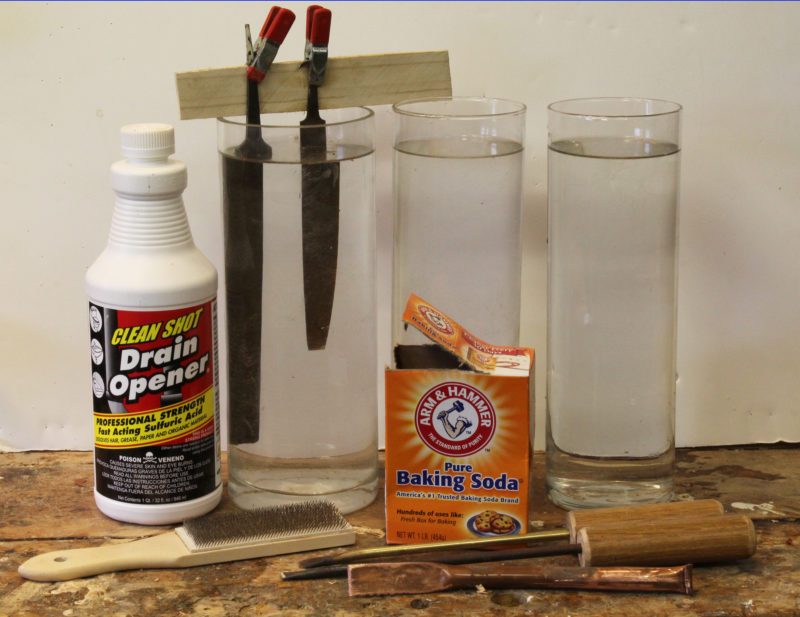 photos and video by the author
photos and video by the author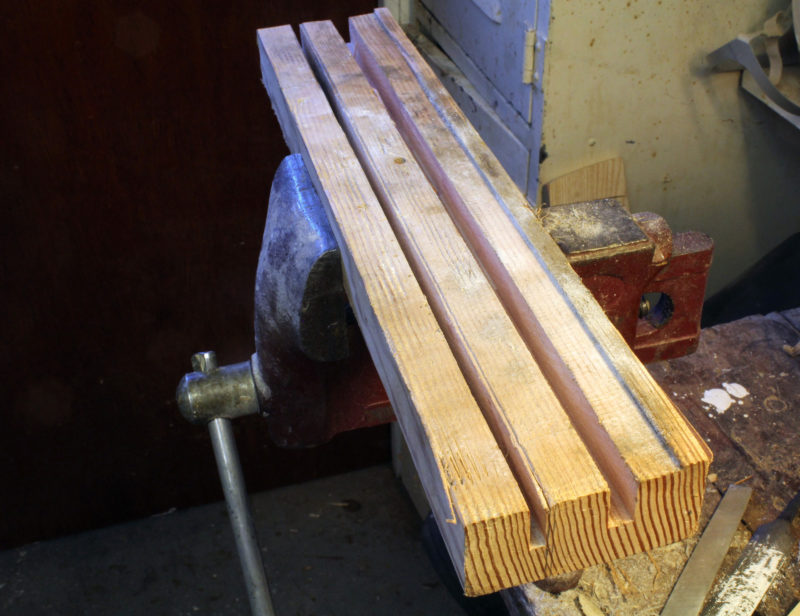
Join The Conversation
We welcome your comments about this article. To include a photo with your remarks, click Choose File below the Comment box.


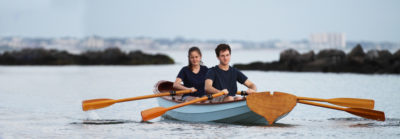



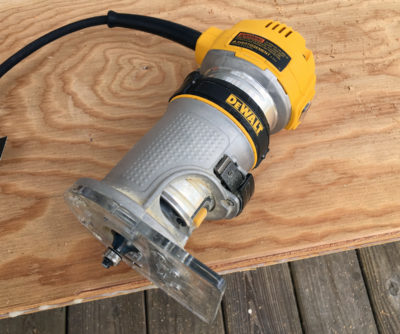
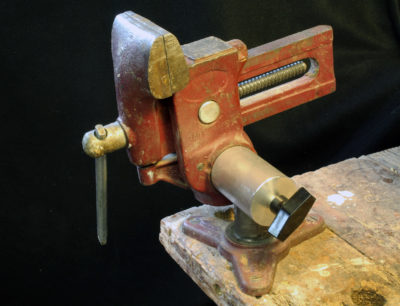

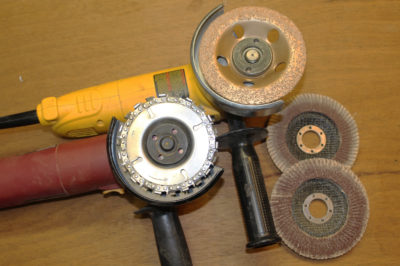

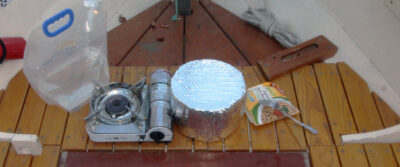
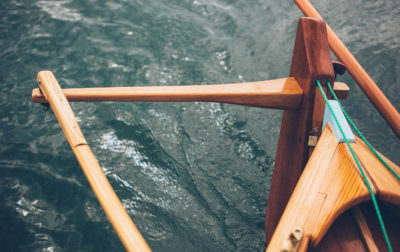
Thanks for a useful article on an obscure subject. Files are integral to my boatbuilding endeavors, for both metal and wood.
Thanks for a great article! I had no idea files could be sharpened, much less so easily. I generally pick up files at thrift stores to replenish my dull ones, but I’m too cheap to throw out the old ones, thinking that hardened steel will be useful for something someday. Now I’ll resharpen my collection of dull ones!
Thanks for the article. I’ve long known about this but intimidated by lack of practical information. I’ve got a patternmaker rasp I’d really like to treat, but I think I’d better start small, like an 8″ mill bastard.
I’ve often wondered about using acid to sharpen files and now I know. It makes me think that this could be the solution for sharpening dull bandsaw blades as well.
I wouldn’t chance sharpening bandsaw blades with acid. While the acid is sharpening the teeth, it would be eating away the rest of the blade, making it thinner and weaker.
Galvanic etching is an alternative to using acid and doesn’t carry the same risks. The process is actually the same that eats up precious metal in boats (electrolysis). In this case, however, we would substitute a file for the sacrificial anode on the boat. DC power, the positive lead to the file, negative lead to a cathode (I use a hunk of brass or copper but any conductive metal will do). Submerge all into a salt water bath. Experiment with amperage, voltage, and salinity. I use a variable DC power source but others have used 12 volt batteries with success. This same set-up will remove old nasty chrome from any bronze or brass plated fitting. Bonus!
Interesting, informative & another great reason to subscribe to Small Boats Magazine.
I clean a lot of files by dipping them in vinegar. I never knew how to sharpen them though. This article has helped me very much.
Thanks for the posting. I had a file that I was ready to throw out. The teeth were so clogged that it felt smooth. I tried using a file brush but to no effect. I soaked the file in 5% vinegar for a very long time and now it is like new.